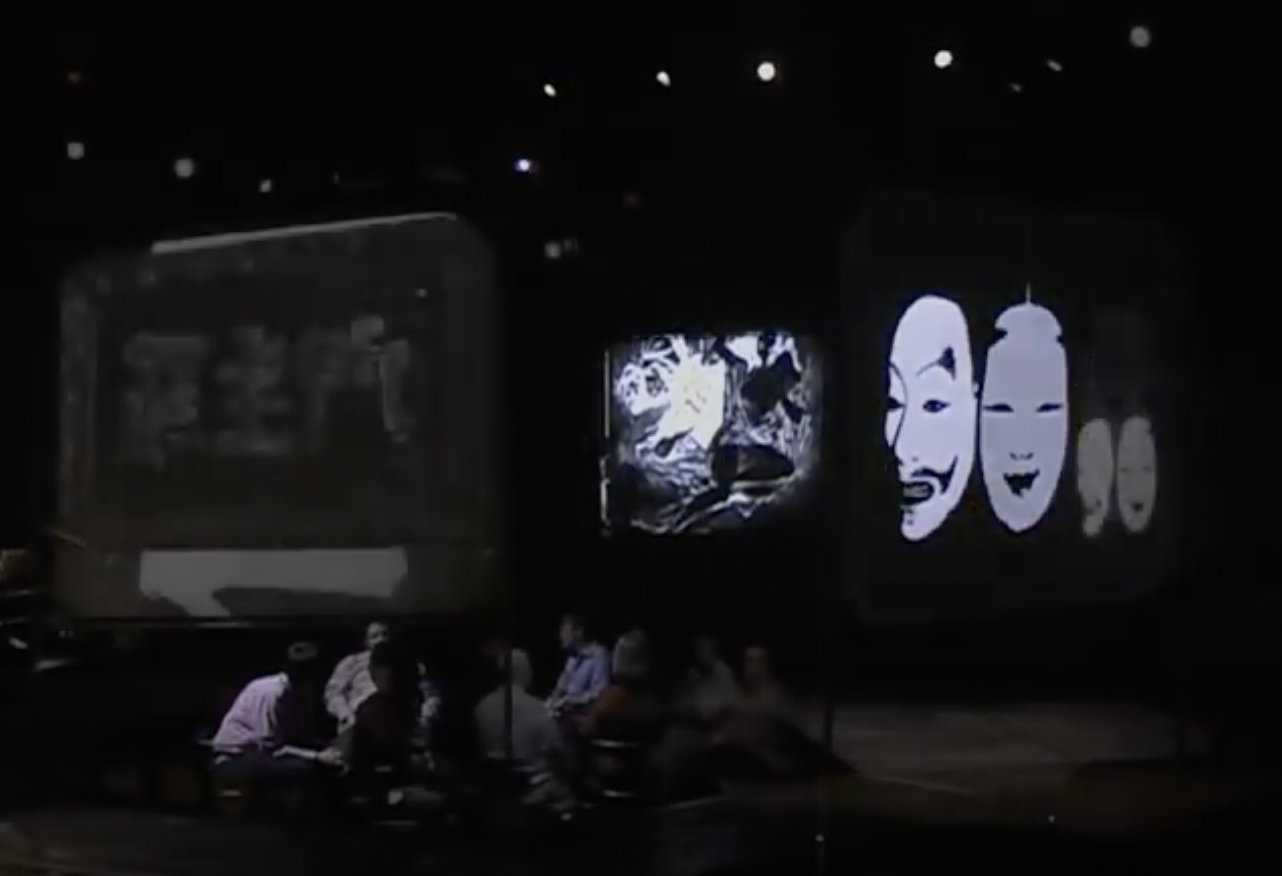Rashomon
Rashoman Project, a collaboration between LakeArts Foundation and Carnegie Mellon’s Entertainment Technology Center
A live-action prototype in which audience members have some agency in determining the manner and the order in which they experience the three main characters’ stories in Rashomon through the use of a 360º stage setup and rotation-sensor technology.
In traditional renditions of Rashomon one hears the testimonies and views the stories of the three main characters (Bandit, Wife, and Husband) in a predetermined sequential order. One question we asked ourselves when developing this prototype was if the order in which the stories are told in any way influences an audience member’s perception of which character is telling the truth. With this question in mind, we developed our idea for the prototype around the notion of perspective and giving audience members some agency in determining the manner and the order in which they experience the three characters’ differing perspectives during a live performance of their stories.
We can achieve this level of agency through the use of a 360 degree stage setup with dynamic sound capabilities. The stage will surround a group of audience members (5-10 people for the prototype), all seated in swivel chairs rigged up with rotation sensors, that will allow them to willfully direct their attention around the stage and interactively alter their experience with the performance. Thanks to the rotation sensors we will be able to measure where each audience member is facing in his/her chair, and thus determine which character or section of the stage is receiving his/her attention. We can take this data and use it to affect things like the amplification of the sounds coming from the speakers set up around the stage which will be playing prerecorded dialogue from each of the three characters as well as ambient sounds that represent each character. Depending on the amount of attention the collective audience is giving a certain character we will be able to determine whether or not that character’s version of the story will be acted out first, second, or third. The audience interacting in this manner supplements the content of the play and should make for an overall richer theatrical experience for everyone involved with the performance.
